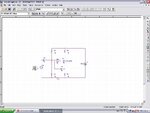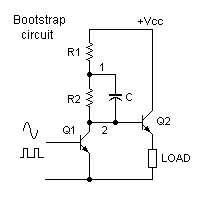iVenky
Advanced Member level 2

- Joined
- Jul 11, 2011
- Messages
- 584
- Helped
- 37
- Reputation
- 76
- Reaction score
- 35
- Trophy points
- 1,318
- Location
- College Station, Texas
- Activity points
- 6,124
Hello. I want to know about what Bootstrapping exactly is. I would be really happy if you could provide some example with a circuit.
Thanks in advance.
Thanks in advance.






